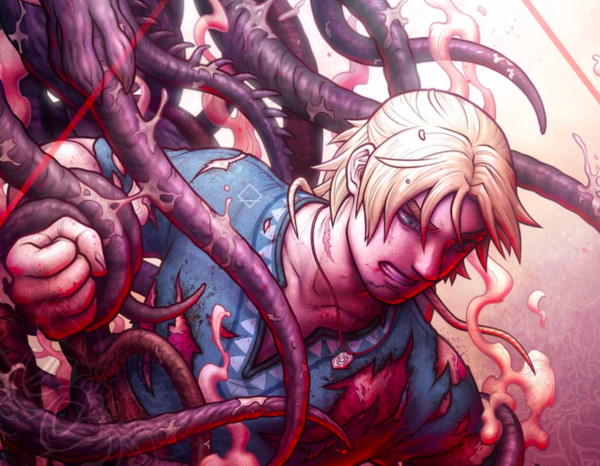
FLASHBACK! Twenty years after the first collection of Hicksville was released, creator Dylan Horrocks talks to Emmet about how the comic looks to him now. Some of the work’s commentary on the comics industry turned out to presage subsequent developments, and in some cases he ended up not going far enough! Also, his source for a Jack Kirby quote that many experts were unaware of; the public’s misinterpretation of the term “graphic novel”; the explosion of female and minority comics creators, especially outside of the Big Two; and more. (This episode was originally published on July 2, 2018.)
Brought to you by:
Podcast: Play in new window | Download







 So many Jack Kirby creations focus on gods, from The Mighty Thor to New Gods; he picked up concepts from myth or elsewhere and made them his. Kirby’s The Eternals makes no bones about where its inspiration came from: Erich von Däniken’s 1968 book Chariots of the Gods?. This week Tim and Emmet discuss the first four issues, from 1976. And play along with Emmet in the ongoing game “Did someone lift this idea from Kirby?”
So many Jack Kirby creations focus on gods, from The Mighty Thor to New Gods; he picked up concepts from myth or elsewhere and made them his. Kirby’s The Eternals makes no bones about where its inspiration came from: Erich von Däniken’s 1968 book Chariots of the Gods?. This week Tim and Emmet discuss the first four issues, from 1976. And play along with Emmet in the ongoing game “Did someone lift this idea from Kirby?”
 Friend of the show Irene Strychalski, former artist of such Marvel titles as Gwenpool and Silk, has been focused on her original title
Friend of the show Irene Strychalski, former artist of such Marvel titles as Gwenpool and Silk, has been focused on her original title  Also, Tim presents a mini-review of Safer Places by
Also, Tim presents a mini-review of Safer Places by 